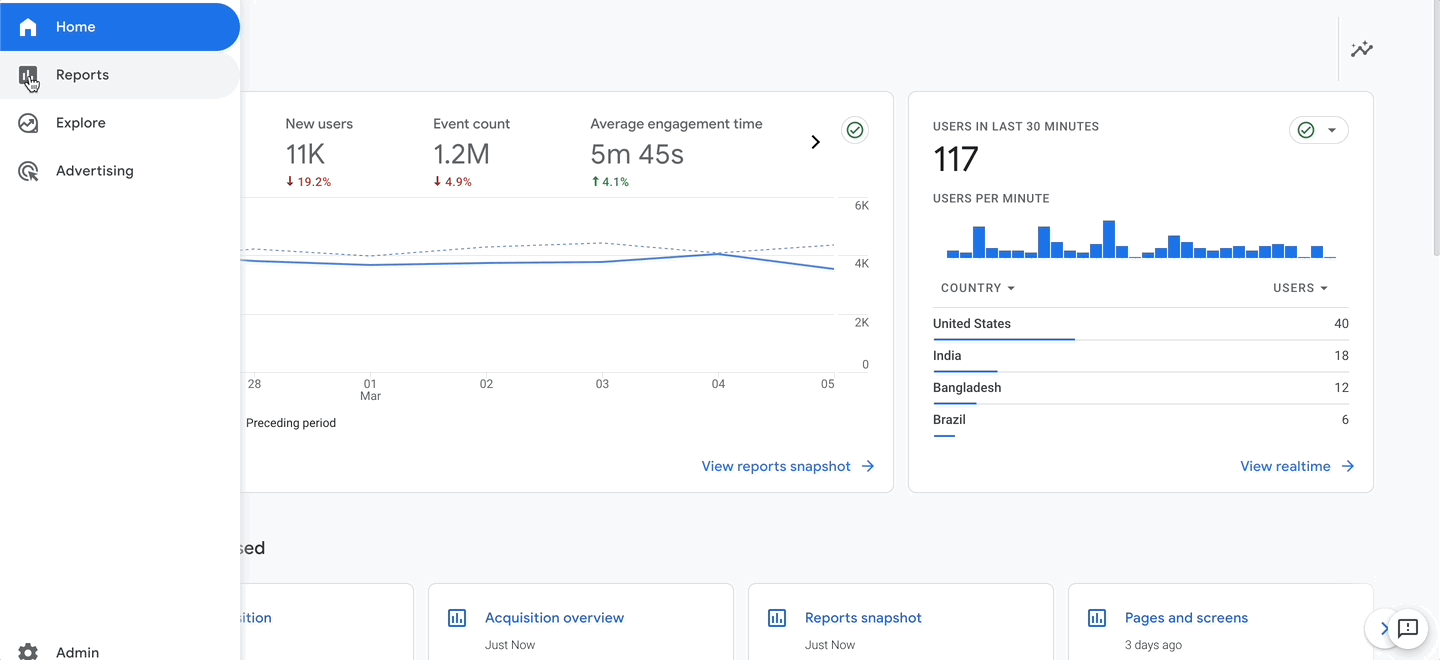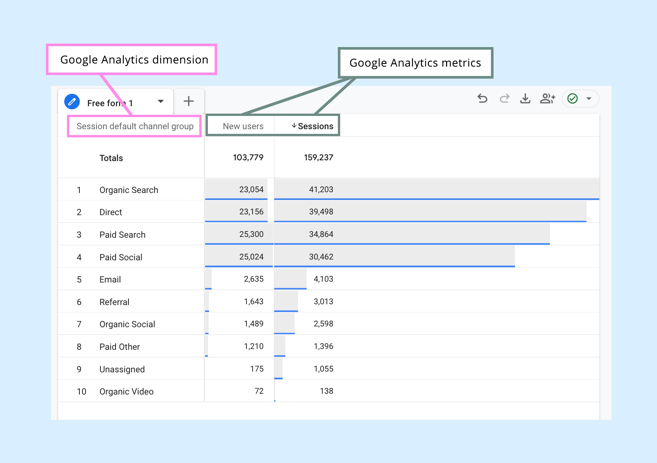Opening the Power of Secondary Measurement Analytics for Enhanced Data Insights and Decision-Making
In the world of information analytics, main dimensions often take the spotlight, yet the real deepness of insights lies within the realm of secondary measurements. By taking advantage of the power of second measurement analytics, organizations can introduce surprise fads, uncover relationships, and extract much more significant final thoughts from their data.
Significance of Additional Dimensions
Checking out the relevance of secondary measurements in analytics reveals the concealed layers of data insights vital for educated decision-making in various domains. Second dimensions provide a deeper understanding of main data by using extra context and perspectives. By integrating secondary dimensions right into analytics, companies can remove much more thorough and nuanced understandings from their datasets.
One trick importance of second measurements is their ability to section and categorize main data, enabling a more comprehensive evaluation of particular subsets within a dataset. This division makes it possible for businesses to determine patterns, patterns, and outliers that could not be obvious when checking out the data as a whole. Secondary dimensions assist in uncovering relationships and reliances in between different variables, leading to more accurate forecasting and anticipating modeling - secondary dimension.
Additionally, second measurements play a crucial function in improving information visualization and coverage. By including additional dimensions to visualizations, such as graphes or graphs, analysts can produce a lot more useful and insightful depictions of data, promoting better interaction of searchings for to stakeholders. Generally, the combination of second measurements in analytics contributes in unlocking the complete potential of information and driving evidence-based decision-making.
Secret Advantages of Utilizing Secondary Measurements
Using additional dimensions in analytics supplies companies a strategic advantage by enhancing the depth and granularity of information insights. One vital benefit of including additional measurements is the ability to section and filter information, permitting a much more thorough evaluation of specific facets within a dataset. This division makes it possible for organizations to get a more nuanced understanding of their target market, performance metrics, and other crucial information points. By dissecting data utilizing secondary measurements such as time, location, tool kind, or individual demographics, organizations can uncover patterns, patterns, and correlations that might or else stay concealed.
Moreover, the usage of secondary measurements boosts the context in which main data is analyzed. By leveraging second measurements in analytics, organizations can harness the full potential of their information to drive much better decision-making and achieve their service objectives.
Advanced Data Evaluation Methods
A deep dive right into sophisticated data evaluation strategies discloses advanced approaches for extracting useful understandings from intricate datasets. One such method is machine discovering, where formulas are used to recognize patterns within data, forecast end results, and make data-driven decisions. This approach enables the automation of analytical version structure, allowing the handling of big quantities of data at a faster pace than conventional techniques.
Another innovative strategy is anticipating analytics, which utilizes statistical formulas and artificial intelligence strategies to anticipate future outcomes based upon historic information. By examining patterns and patterns, companies can prepare for client actions, market patterns, and possible threats, encouraging them to make proactive choices.
Moreover, text mining and sentiment evaluation are important techniques for removing insights from unstructured data sources such as social networks remarks, client reviews, and survey responses. By evaluating text information, companies can recognize client viewpoints, identify arising trends, and improve their product and services based on feedback.
Enhancing Decision-Making Via Secondary Measurements

Enhancing decision-making via second dimensions allows services to make even more informed and targeted tactical selections. For example, by segmenting consumer information based on additional measurements like acquiring history or involvement levels, business can customize their advertising and marketing strategies to details target market sections, bring about improved conversion prices and client fulfillment. Furthermore, additional measurements can assist determine correlations and relationships in between various variables, allowing organizations to make data-driven choices that drive growth and profitability.
Implementing Second Measurement Analytics
When integrating second measurements in analytics, organizations can open much deeper understandings that drive critical decision-making and enhance total performance. Carrying out additional dimension analytics needs an organized approach to make sure reliable application of this powerful tool. The primary step is to recognize the essential metrics and measurements that straighten with the company's critical link objectives. This entails comprehending the particular questions the organization looks for to answer and the information factors needed to resolve them.

In addition, organizations must take advantage of progressed analytics devices and modern technologies to simplify the process of including second measurements. These tools can automate data processing, evaluation, and visualization, allowing companies to concentrate on interpreting understandings instead of manual information control.
Conclusion
Finally, secondary measurement analytics play a critical function in enhancing YOURURL.com information insights and decision-making procedures. By utilizing sophisticated data analysis methods and executing additional measurements efficiently, organizations can unlock the power of their data to drive critical company decisions. The vital benefits of using additional dimensions can not be overstated, as they give a much deeper understanding of data fads and partnerships. It is crucial for companies to leverage second measurement analytics to stay competitive in today's data-driven landscape.
In the world of information analytics, primary dimensions typically take the spotlight, however the true depth of understandings lies within the realm of secondary dimensions.Making use of second measurements in analytics uses organizations a strategic benefit by boosting the depth and granularity of data insights. By leveraging secondary dimensions in analytics, organizations can harness the complete capacity of their information to drive far better decision-making and achieve their service objectives.
Carrying out information recognition processes and normal audits can help preserve data high quality and reliability.
By making use of sophisticated information analysis strategies and executing additional measurements successfully, companies can open the power of their information to drive calculated service choices.